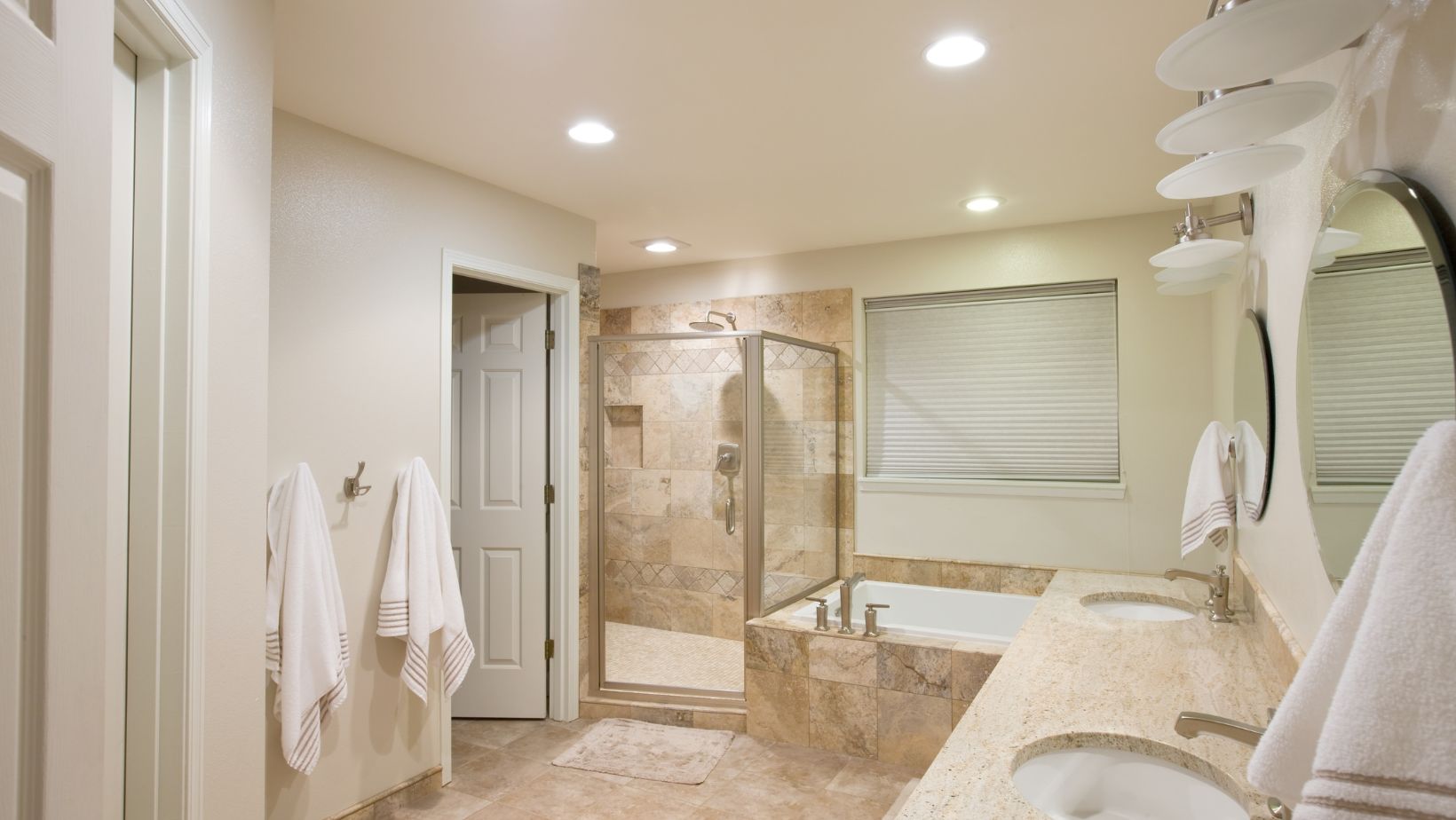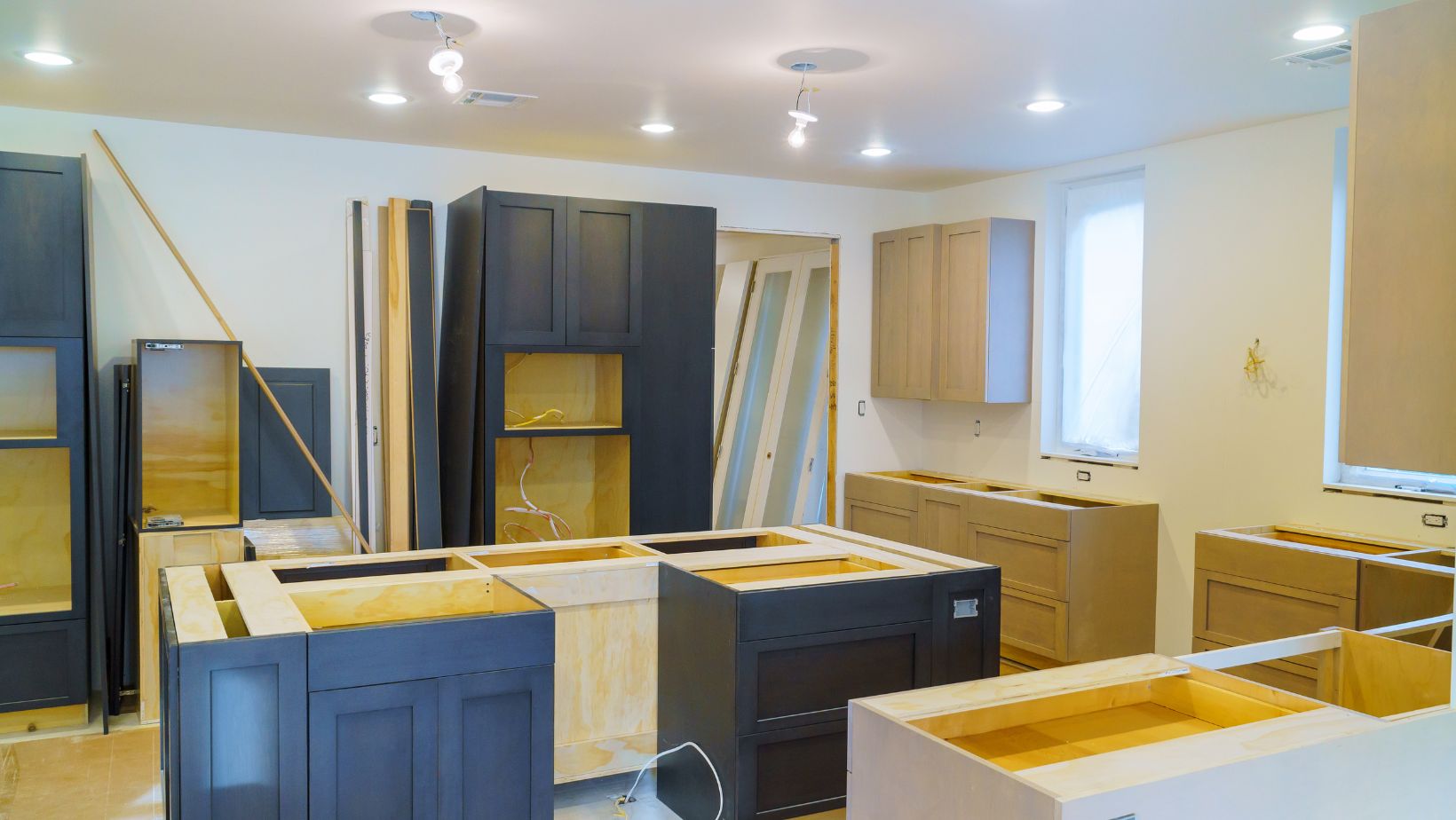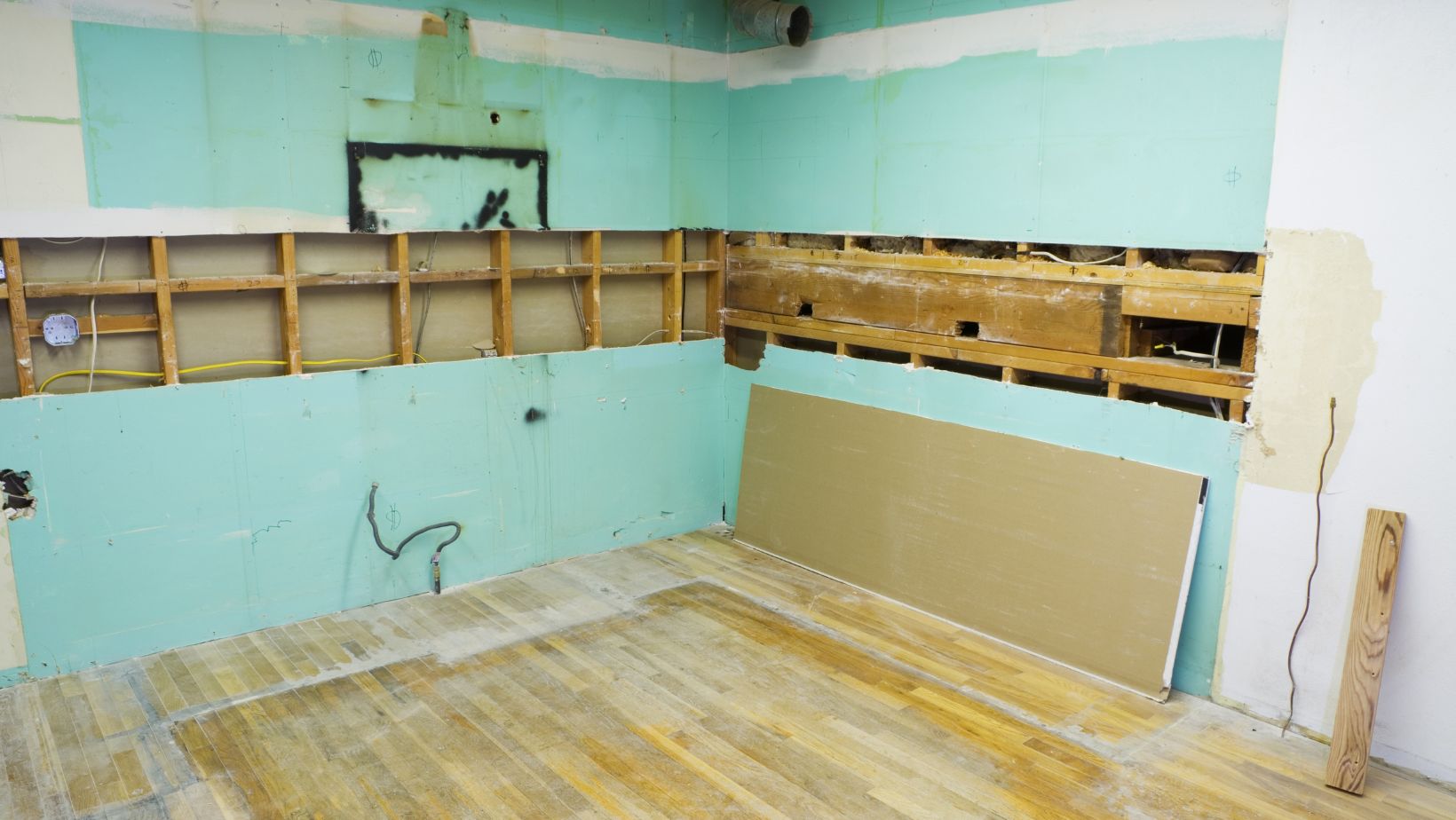
Remodeling your home can be exciting yet overwhelming. Whether you just bought a new house or have been saving up for a remodel for years, diving into a home makeover is a big job.
Without a detailed plan, things can quickly go off the rails.
That’s where a detailed remodel checklist comes in.
By following our well-organized remodeling checklist, you can keep your remodeling project on budget, on track, and with as little stress as possible.
Let’s get started!
Planning and design
Assessing your needs and goals
First, you need to decide what you want from your remodel. Are you looking to increase space or improve functionality? Are you planning to open spaces or a complete kitchen remodel? Make a list of must-haves and nice-to-haves. This will help you stay focused and prioritize your spending. At this point, it’s a good idea to create a dedicated folder to keep all important documents and receipts to help in tracking your expenses and contracts.
Budgeting
Next, set a realistic budget. Include a buffer for unexpected expenses because surprises always happen. In fact, 31% of homeowners go over the budget on their dream renovations. Get estimates from multiple contractors to get an idea of the average cost. This will help you avoid unpleasant surprises down the road. Compile a detailed shopping list for materials and fixtures to stay on budget and prevent last-minute scrambles or costly impulse buys.
Hiring professionals
Hiring the right professionals is crucial. Research and book reputable contractors, designers, or architects. Look at feedbacks, ask for references, and check their credentials. For example, if your project involves the exterior, consider siding replacement to boost curb appeal and protect your home.
Permits and regulations
Don’t forget about building permits! Check your local building codes and get all necessary permits before starting any work. This step might seem tedious, especially since you may not know much about the permit process. But it’s essential to avoid legal headaches later. Schedule any required inspections to ensure your entire project is up to code.
Design and materials
Finally, choose a design style that fits your preference and home structure. Work with a designer to create a cohesive look. Select materials and finishes that match your budget and design idea. The cost of materials can vary significantly, so do proper research before making any final decisions.
Demolition
Preparing the space
Before you start swinging hammers, prepare your space. Clear out furniture and personal items from the remodeling area. You might need to set up a temporary space for living if the remodel is extensive. This will make the process smoother and less stressful.
Ensuring safety
Safety is key during demolition. Equip yourself with proper safety gear like goggles, masks, and gloves.

Disconnect utilities in the area that are being demolished to avoid accidents. It’s better to be safe than sorry.
Demolition process
Start with non-structural elements like cabinets and fixtures. This is usually easier and gets the ball rolling. Then, carefully remove walls, flooring, and other structural elements. Take your time to avoid damaging anything you want to keep.
Waste disposal
Demolition creates a lot of waste. Rent a dumpster or hire a waste removal service to keep the site clean. You need to follow local regulations for disposing of hazardous materials. This keeps the renovation project area safe and organized.
Rebuilding
Structural changes
Now it’s time to rebuild. Make any necessary structural changes, such as adding or removing walls. Ensure all work complies with building codes. This is where your careful planning process starts to come to life.
Electrical and plumbing
Updating or installing new electrical wiring and plumbing is next. Hire professionals for these tasks to ensure safety and compliance. This step is crucial for the functionality and safety of your remodeled space.
Insulation and drywall
Insulation helps improve your home’s energy efficiency. Once installed, put up drywall and prepare it for painting or wallpapering. This step makes the space start to look like a room again.
Flooring and windows
Install new flooring that fits your design, be it hardwood, tile, or carpet. Also, old windows should be replaced to improve insulation and aesthetics. New windows can make a huge difference in the look and feel of your space.
Final touches
Painting and finishing
Painting is one of the final steps in our remodeling checklist. Paint walls, ceilings, and trim to give your space a fresh look.

Apply finishes to cabinetry and other woodwork to complete the look. This is where your vision really starts to shine.
Fixtures and appliances
Install new light fixtures, faucets, and appliances. Make sure everything is working properly by testing each item. This step brings functionality to your newly remodeled space.
Clean-up
A thorough clean-up is essential. Remove any remaining debris or construction materials. A clean space lets you see the full impact of your hard work.
Final inspection
Have a final inspection to ensure everything meets the code. Address any issues or touch-ups that are needed. This ensures your remodel is safe and up to standard.
Conclusion
A home makeover is a significant undertaking, but a detailed remodeling checklist can make this complex process manageable and enjoyable. Remember to plan thoroughly, prioritize safety, and enjoy the transformation of your home.
Be realistic about your goals and keep a close eye on your budget at every stage. It’s better to make adjustments early on than to run out of funds halfway through. Stay flexible and patient, and you’ll love the end result.
Happy remodeling!





